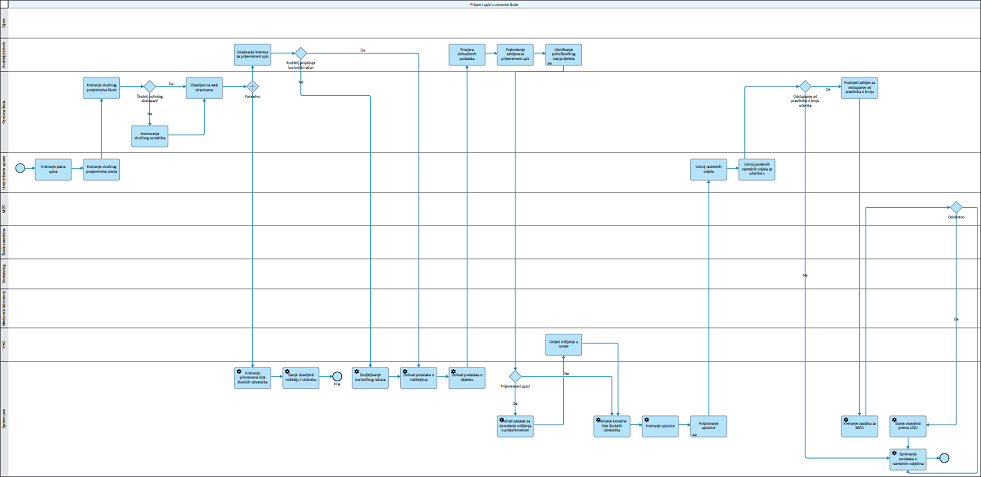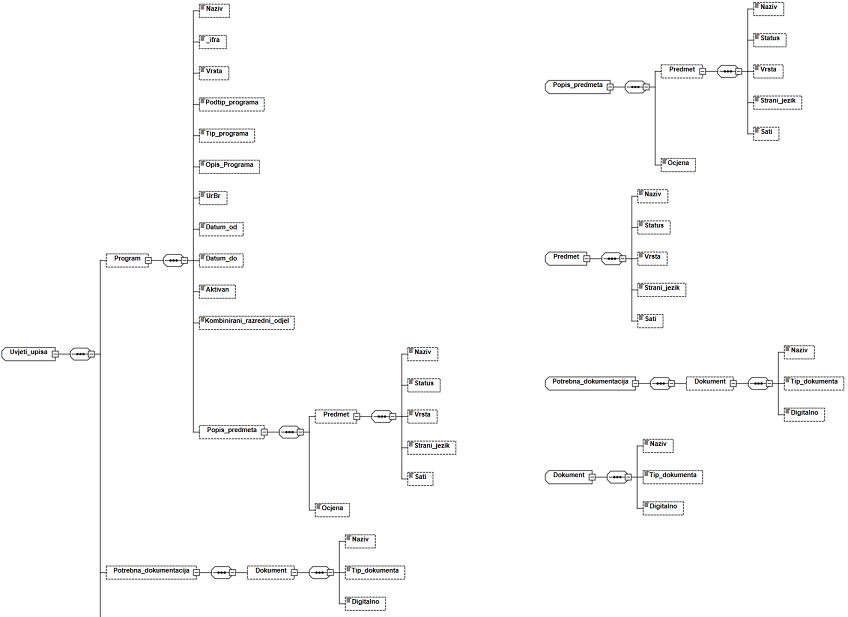The Internet is full of keynotes, panel discussions, articles, and studies related to how businesses can remain competitive and relevant as the world becomes increasingly digital. It is not clear what digital transformation means to a company or an organization, how it would affect the employees, processes or systems and at the end, if it is really worth it.
According to IDC, spending on services and technologies that enable digital transformation will reach $1.97 trillion globally by 2022 (IDC Worldwide Semiannual Digital Transformation Spending Guide). IDC predicts that digital transformation spending will grow steadily, achieving a five-year compound annual growth rate of 16.7 percent between 2017 and 2022.
Digital transformation projects cannot be copy-pasted from one business to another since they are widely based on an organization’s specific challenges and demands but several common themes can be identified:
- Customer experience by using analytical tools to better understand customer needs and to drive their behavior
- Operational agility with the help of business process digitalization
- Culture and leadership based on greater inclusion and the value of a diverse workforce
- Workforce enablement based on collaboration and networking tools
- Digital technology integration by using proven digital technologies to automatize and digitalize existing and new business processes and systems
Digital transformation projects can have different goals but what they often lack is a good understanding of the current state of processes or systems.
In order to understand the current state of processes and systems, business process analysis must be performed, and existing business processes and systems must be described and documented. This analysis will be the foundation for later digital transformation activities.
Kickoff meeting about digital transformation goals and steps
Before business process analysis starts it is recommended to clearly communicate to the whole organization what and how it will be done and to introduce them to the team that will be documenting the existing business process (business analysts). This is usually done in the form of a kickoff meeting where management presents their digital transformation goals and necessary steps. The focus must be on clearly communicating the time frame and planned employee involvement so that everyone can adjust their schedules.
The business analysts can also present their usual way of work and what they expect from the employees and give a couple of examples of what and how it will be done.
Business process analysis workshops
Business process analysis is performed by a team of business analysts during a series of workshops with employees working on or with existing processes or systems. The goal of the workshops is to get a clear picture and common understanding of existing business processes and systems documented in a standardized manner.
Workshops are based on a discussion with the employees where business analysts question them on how the existing processes work and what their responsibilities are. It is not uncommon to find out that the employees working on or with the processes are not aware of the whole process or cannot describe in many details what their responsibilities and actual tasks are.
During workshops, it is possible that new business processes are “discovered” and that they also need to be described. This can create changes to the defined timeline and these changes need to be clearly communicated to management and the whole organization.
After each workshop, business analysts use employee responses to create a preliminary version of a business process based on Business Process Model and Notation (BPMN) that will be explained below.
Polishing the business processes
After the preliminary versions of all business processes have been documented based on BPMN, business analysts perform a second round of workshops. During this second round, employees are presented with a preliminary version of the process description and can comment or amend the business process description. It is not unusual for employees to be surprised with the business process description and that they had a different view of the involved activities and their tasks.
Based on the collected comments and amendments, business analysts will create subsequent versions of the business process descriptions and share them with involved employees. If required, a third round of workshops can be organized to further define activities and tasks.
Not everybody sees the advantages of digital transformation
During the workshops with the employees it will very quickly become clear that some of the employees are not very cooperative. The reasons for this can vary, for example, fear for their job, difficulties adapting to new ways of work, introverts, not realizing the benefits of digital transformation and so on. Some of the challenges can be addressed by the business analysts’ approach during the workshops by not putting so much pressure on the details or allowing employees to discuss the processes internally and send their feedback to the analysts. Unfortunately, a group of employees will always be uncooperative or unavailable and in such cases the only solution is to escalate this to management. This is the last resort since it could have a negative effect on the whole business process analysis project or digital transformation.
Documenting business processes
Business analysts document employee responses and endeavor to describe the whole business process. Business processes are usually described using Business Process Model and Notation (BPMN). BPMN is a standard for business process modeling that provides a graphical notation for documenting business processes based on a flowcharting technique.

There are plenty of tools to use that support BPMN and that can be used in similar projects. A recommended approach would be to use a cloud-based solution that enables a dedicated, collaborative environment to build and improve business processes through process mapping. Such cloud-based solutions can enable both business analysts and employees to contribute to the project easily and more effectively.
From business process modeling to data model
Almost every activity in a business process needs some sort of input information and can produce output information. Input and output information from an activity or whole business process can be analog (documents, forms, guidelines, laws, etc.) or digital (database, input forms, etc.). Based on this information, business analysts create a data model that can be used in the later stages of digital transformation.
Input and output information is also documented during employee workshops and described using BPMN tools.

Business process improvement by developing AS-IS into TO-BE processes
After all workshops are completed and current business process descriptions confirmed by involved employees, business analysts will create a final version of business process documentation (called AS-IS processes) and present it to management and the organization. Similar to the kickoff meeting, it is recommended to have a project closing meeting where all documented processes are shown and eventually discussed. This helps the employees to get a better understanding of why the whole digital transformation process is required and how it can help them individually.
After current business processes (AS-IS) have been described, business analysts can perform a GAP analysis to determine what must be done in order to meet defined goals. Based on GAP analysis, future business processes (TO-BE) can be proposed and discussed.
Since digital transformation projects involve automatization of certain tasks, future business processes often define optimized activities with defined integration points used to fetch or store required information in external digitalized systems.
Based on defined TO-BE processes, an organization can start with the implementation of the proposed processes in business process management tools.
Use case: business process modeling in government
Inceptum recently finished a business process analysis project in a government institution focusing on education. The goal of the project was to describe current business processes, perform GAP analysis, propose future business processes and create the required data model.
The project lasted for three months during which several rounds of workshops were completed with involved employees and four already digitalized processes and four analog / manual processes were described. Digitalized processes were described based on a workshop with users of existing systems and provided system documentation while analog / manual processes were described based on available documentation and workshops.
During employee workshops, we encountered resistance from employees that refused to answer our questions or did not provide us with requested documentation. In most cases we needed to escalate the situation to management and get their involvement in order to meet our defined goals.
After successfully getting all the required documentation and finishing the defined workshops we proposed new business processes. We also had one more round of workshops with the employees regarding proposed business processes in order to get all of them aligned.
Special attention was put on integration points needed to fully automatize the processes. We needed to understand what information was being used internally and what information was being fetched from external systems.
Based on described current business processes and proposed business processes we also defined a data model used by proposed business processes. The proposed data model will be used by our customer as a basis for setting up a new central database that will support all business processes (proposed by Inceptum to include existing processes that are already digitalized).
We used a cloud-based BPMN solution that enabled us to quickly describe business processes and give an overview to our customer (that also had access to the solution). Our customer created a collaboration site to which all involved employees had access and was a central point where all the information about business processes was exchanged. This enabled all of the employees to have visibility over our project activities and helped us with getting their feedback on time.
The final step in the project was a closing meeting where we presented what we have described and what the gaps between the current processes and desired goals are. We also presented proposed business processes and our view on required future actions.

